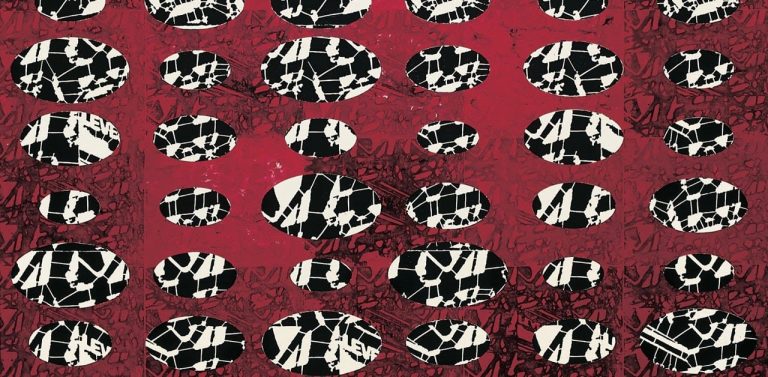The Várfok Gallery, in collaboration with the Hegyvidék Gallery, is organizing a large-scale anniversary exhibition to commemorate the 70th anniversary of the birth of László Mulasics (1954 Szepetnek, Hungary – 2001 Feketebács, Hungary), an outstanding artist of the gallery.
Since the untimely death of Mulasics, the Várfok Gallery has regularly organized exhibitions focusing on and exploring his specific periods. This year’s anniversary will be celebrated in an unusual way, with two venues concurrently. The Hegyvidék Gallery will concentrate on the artist’s early figurative works from the 1980s, while the Várfok Gallery will focus on his art from the 1990s and early 2000s.
The opening of the Hegyvidék Gallery’s exhibition, „MULASICS 70: In Memory of an Inventor I,” will take place on 20th of March 2024 at 18.00. The event will feature a performance of the music piece „Εγκαυστική” (Enkaustikē) – In Memoriam László Mulasics, composed by Máté Balogh specifically for this occasion. The piece will be performed by Anna Molnár, mezzo-soprano.
László Mulasics (1954-2001), a prominent figure of the Hungarian art scene of the 1980s and 1990s, would be 70 years old this year. The career of one of the most exhibited artists of his time began at the height of the 1980s. His first works can be identified with the international new painterly movements, they were figurative compositions characterized by heated gestures, embedded into dense coat of paint.
In 1986, following a sudden change of direction when he moved from the figurative towards the geometric, this was to result, one year later in 1987, to experimentation with various materials which was to lead him to the ancient wax technique, the encaustic. In the course of time the name of László Mulasics was to become identified with this particular hot wax technique and he was to become its master.
The characteristic motifs – pseudo maps, ground-plans, archaic buildings – all of the 80s, in the 90s are replaced with art historical themes – hunting dogs, griffins -, physical illustrations, astronomical instruments and diagrams. In the second half of the 90s, his handling of patterns bare the legacy of Pattern and Decoration, while the writings, theoretical researches appearing on the canvases are on the edge of conceptual art.
In Mulasics’ final years the implementation of vivid colours and the revitalization of organic ornamentation, mixed with scientific drawings or geometrical structures, are the signs of a new period which was only to be interrupted with the untimely death of the artist.











